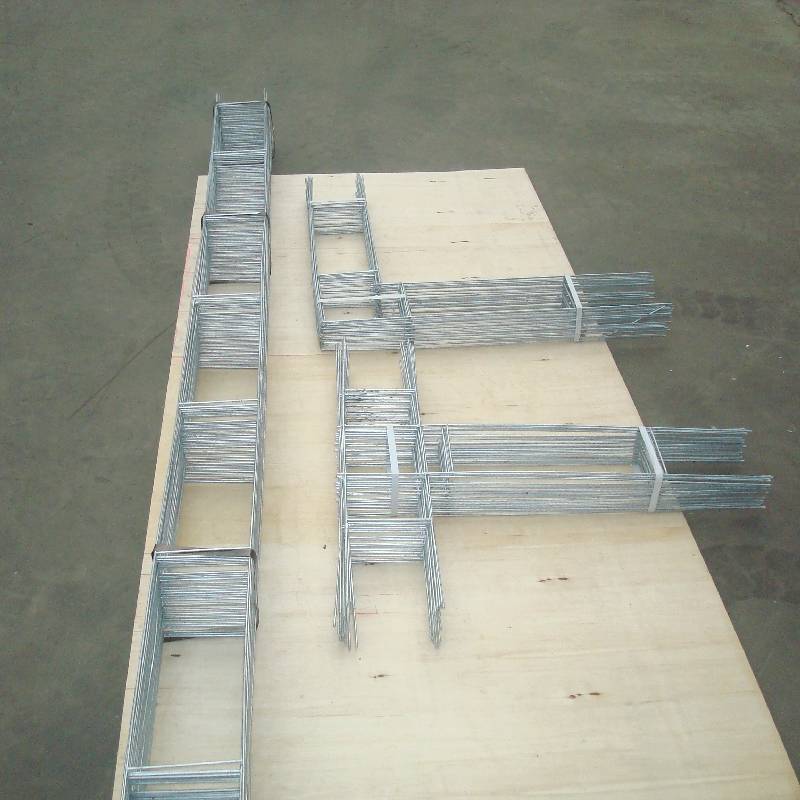
- Mobile Phone
- +8613931874955
- sales@cntcmetal.com
Guide to Concrete Wire Mesh Sizes and Specifications for Construction Projects
Understanding Concrete Wire Mesh Size Chart
Concrete wire mesh is an essential component in construction, especially when it comes to reinforcing concrete structures. It consists of heavy wire strands that are welded together to create a grid-like pattern. This mesh provides additional strength and stability to concrete, helping to prevent cracks and ensuring the integrity of various structures such as pavements, slabs, and walls. One of the critical aspects to consider when using concrete wire mesh is the size, which can significantly affect the performance of the final product. Consequently, understanding the concrete wire mesh size chart is vital for builders and engineers.
Importance of Wire Mesh Size
The size of the wire mesh is usually represented by the gauge (thickness of the wire) and the spacing between the wires. The gauge can affect how much weight the mesh can support and how well it can withstand stresses during and after the setting of concrete. Generally, a lower gauge number indicates a thicker wire, and thus more strength. Conversely, higher gauge numbers indicate thinner wire, which may offer less support, making it less suitable for heavy-duty applications.
Standard Sizes
While concrete wire mesh comes in various sizes, the most common forms are typically 4x4 inches or 6x6 inches grid. The gauge can range from 6 to 10, with 6 being the thickest and offering the most support. The choice of grid size and wire gauge largely depends on the type of project. For instance, lighter structures like walkways may benefit from a 6x6 mesh with an 8 or 10 gauge, while heavy-duty concrete slabs that endure high loads may require a 4x4 mesh with a 6 gauge.
Applications
concrete wire mesh size chart

Concrete wire mesh has an array of applications across different construction projects. For residential constructions, it is often used in driveways, patios, and basements to prevent cracks and improve load distribution. In commercial projects, larger meshes are utilized in parking garages and heavy-duty floors where significant weight is supported. Selecting the appropriate mesh size from the chart will ensure that the structure can resist cracking and shifting over time, maintaining its aesthetic and functional integrity.
Reference Chart
A concrete wire mesh size chart typically includes information on mesh type, wire diameter (gauge), spacing, and applications. For example
| Mesh Type | Wire Gauge | Mesh Size | Common Applications | |-----------|------------|-----------|-------------------------------| | W2.9xW2.9| 10 | 6x6 | Light residential sidewalks | | W4.0xW4.0| 8 | 4x4 | Driveways and patios | | W5.0xW5.0| 6 | 4x4 | Heavy-duty commercial floors | | W3.0xW3.0| 10 | 6x6 | Residential foundations |
Conclusion
In summary, understanding the concrete wire mesh size chart is crucial for successful construction projects. The correct size and gauge of wire mesh ensure that concrete structures can withstand various stresses, enhance their durability, and prolong their lifespan. Builders and engineers must carefully assess the needs of their projects and refer to the size chart to select the appropriate wire mesh configuration. Whether dealing with residential sidewalks or commercial floors, the right choice in wire mesh can make a substantial difference in the overall performance of the concrete work. Thus, making informed decisions based on a clear understanding of size specifications is fundamental for achieving quality results in construction.
share:
-
Your Source for Concrete Wall Ties and Masonry AccessoriesNewsJul.10,2025
-
Unlocking the Power of Iron Wire for Every ProjectNewsJul.10,2025
-
Explore Advanced Chain Wire and Stainless Steel Mesh FencingNewsJul.10,2025
-
Discover the Benefits of Annealed Wire ProductsNewsJul.10,2025
-
Discover China Stainless Steel Wire Mesh SolutionsNewsJul.10,2025
-
Build with Confidence Using High-Performance Masonry AccessoriesNewsJul.10,2025
-
Why Sacrificial Formwork Is Redefining Underground ConstructionNewsJun.06,2025



















